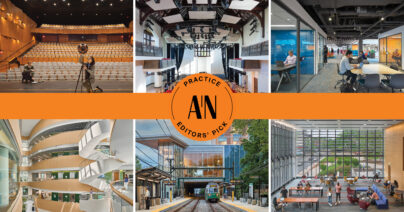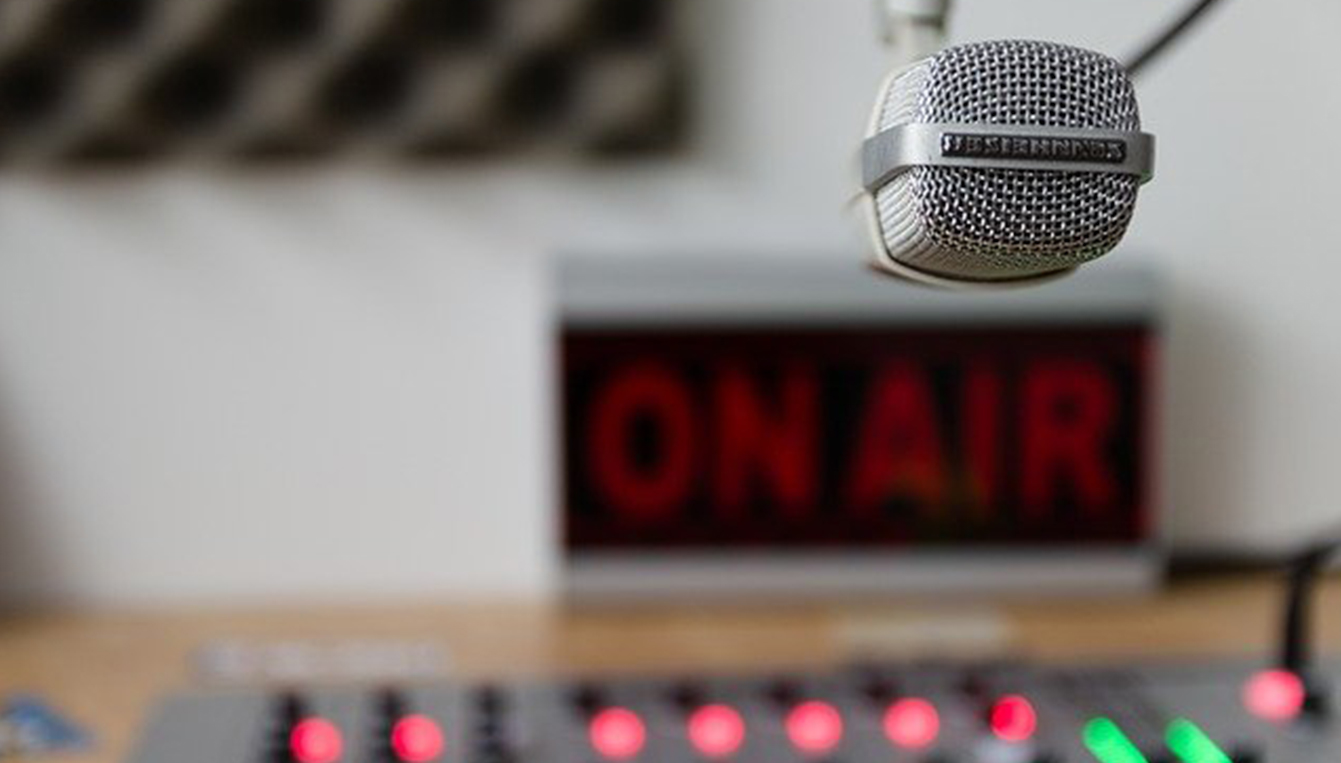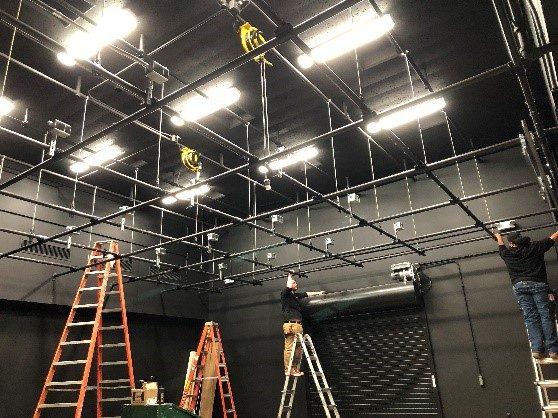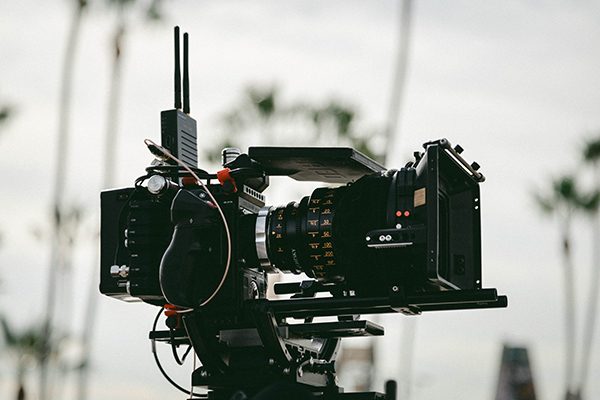 News
News
Acentech wins AN Best of Practice Award
Acentech is honored to be awarded an Editors’ Pick in The Architect’s Newspaper 2025 Best of Practice Awards in the Acoustic Consultant/Engineer category! This recognition highlights…

Video has become the driving medium for just about all media platforms. To keep up with the times, companies have started building Corporate Media Studios, allowing them to create engaging content and stay ahead of the curve. This is a little primer on how to plan for a Media Studio for your company, some do’s and don’ts, and some tips on getting your brand out there.
One of the most important pieces of advice I can give is this; don’t have unwanted noise in your studio. That goes for noise coming from outside/ above your space and noise generated by mechanical systems. Work right from the beginning with your acoustics consultant and MEP engineer on the location of mechanical systems. A good rule of thumb is to have a minimum of 12’ of clearance from the floor to the grid. Have another 24”-30” above the grid clear as well.

Feed your production equipment with good clean AC power and protect your investment in gear with Transient Voltage Surge Suppressor. Make sure your transformer is the right size to handle all the equipment. It is also best practice to have a UPS for critical control and switching gear. All of this adds cost, but you don’t want a power spike to take your studio offline. Work with your electrician to provide a flexible lighting grid power system. Most of your lighting fixtures are LCD and have dimmers built-in, drawing less current and saving you cooling dollars. Provide enough circuits and outlets to feed the many production setups you want to use. Also, leave floor space and an Ethernet or DMX control ports for a lighting control console in the studio.
Producers, directors, video editors and others will spend a lot of time in the control room. Since productivity heavily relies on the space you are in, everyone must have a comfortable place to work. Consider using a furniture provider that knows how equipment desks are designed for flexibility and ergonomics. We often call for desks that have a track system for monitor arms so operator positions can be easily changed or equipment easily added.
Give yourself plenty of room for storing cameras, sets, light fixtures, monitors, and grip equipment. That will allow you to make full use of the whole studio for production. You may have backgrounds and floor stand lighting kits for still photography, and field production gear to store too. Also, think about a Green Room for production prep with an Intercom and a monitor to watch live production in action.
The studio should be designed for speech recording, which means keeping the reverb time down to less than half of a second. Generally, you will use a close microphone technique or a boom mic for recording audio. This technique works very well, especially when you have multiple guests for a panel discussion. Use a good auto-mixer like a Dan Dugan E-2A, to ensure that everyone is heard. Lastly, give your talent a gentle reminder to talk into the microphone if it is a handheld or head-worn mic.
Be sure to create a professional-looking set. All the high-tech equipment in the world won’t be able to hide the fact you’re sitting at a card table with folding chairs. Backgrounds are another piece that will help elevate the look and feel of your studio. Modular, flexible backgrounds are available with or without integrated lighting and have many finish options to choose from. Custom printed graphics for your brand can be easily integrated with these panels, and the best part, they are on casters so they can easily be stored.

Two studios that I have been working on recently have now decided to shoot in 35mm Cine format, lots of pixels, yes, but this format is very interesting to look at. With the cost of 4K cameras decreasing, producers are now adopting Cine. The advantages of using a very large image sensor are:
1. So many pixels (can be nine times the resolution of 720p) -gives you super detail even while mastering for HD formats.
2. More options in post-production for zoom and animation.
3. Enhanced color reproduction.
4. And my favorite an endless selection of zoom and prime lenses.
Remember to plan your workflow and determine what video editing software and storage you’ll be using. Engage your IT staff early on so they are not surprised when you ask for space in the Network Closet, fiber, and switches.
Podcast production, like video production, is best produced in a professionally designed studio. Recording sessions will likely involve a group of people sharing ideas and engaging in conversation. Look for technical furniture that supports this activity. Built-in monitor arms and microphone booms are very functional and give your studio a finished look.
And, that’s a wrap.
Be sure to keep these topics in mind when building a corporate studio. I hope to expand on this down the road and talk more about how you can get your newly created content out to your employees, customers, and the world.